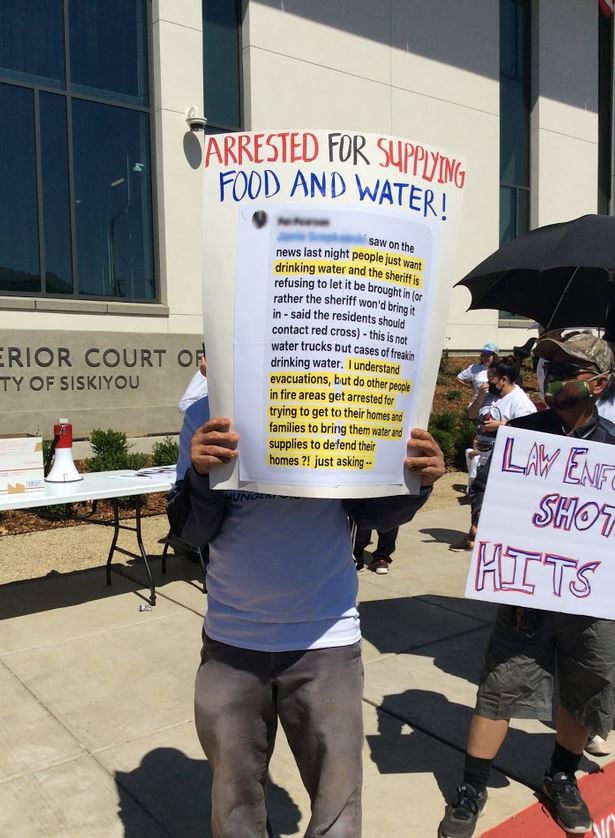By Briana Lim, AsAmNews Intern
A judge has placed a temporary injunction on an ordinance opponents argue restricted access to water for Hmong American farmers in a rural California county.
“It’s really designed to protect the Hmong community in Siskiyou County while the litigation continues so people don’t lose their farms or suffer health consequences from not having enough water,” Glenn Katon, a litigation director at the Asian Law Caucus explained to AsAmNews. The ALC had filed an amicus curiae (friend of the court) briefing for the ongoing lawsuit.
“Once the court decides the case, the harm would already be done. So the judge said, I’m enjoining the two—until the litigation is done.”
Siskiyou County is home to a large Hmong American farmer population, a number of whom grow cannabis legally. The county is also home to droughts and dry wells. Last year, the county filed lawsuits on behalf of a group of mostly White residents, alleging that cannabis growers deplete groundwater resources, Undark reports.
However, advocates of the Hmong community say these allegations stem from a history of discrimination against Hmong Americans, and are designed to push them to leave.
In May, the Siskiyou County Board of Supervisors banned certain trucks carrying more than 100 gallons of water in the county, severely hurting the livelihoods of Hmong Americans. The water ordinances cut off greenhouses, but in doing so, cut off the water Hmong families use in their daily lives.
Since then, community members have protested what they called the unjust targeting of Hmong Americans. These protests were further invigorated after the police shooting of Soobleej Kaub Hawj, AsAmNews reported in July.
Hawj allegedly turned the wrong way during the Lava fire’s mandatory evacuation order. Police claim he was headed the wrong direction and was pointing a semi-automatic handgun. Eyewitnesses report hearing 40-60 bullets being fired by police, and Hawj’s truck was hit 21 times.
Activists explain that the water ordinances and the death of Hawj are revelatory of a greater problem: discrimination against Hmong Americans.

Though impossible to definitely delineate the effects of protests on the litigation process, Katon comments on their positive support. “I think it plays an important part in community empowerment, regardless of whether it affected the case—it may very well have, since that got increased media coverage, and judges read the newspaper like everyone else. It may have raised awareness. It’s really hard to say.”
The injustices against the Hmong community have led nine people to file a lawsuit against the local water restrictions. “They are looking to get a more permanent injunction against the water ordinances. They are also seeking damages for the harm that some of the plaintiffs have suffered,” Katon explains. Community member have been detained and have had their water trucks seized, causing much distress. The Asian Law Caucus is now demanding that authorities return those confiscated trucks.
Although California has a large Asian American population, that better describes more largely populated areas. Siskiyou County of Northern California does not quite fit into the mold.
“I think a lot of people don’t understand that the rest of the state is like a whole other world,” Katon hypothesizes. “Not only according to census data—less racially and ethnically diverse—but has in some cases an outdated view of law enforcement…[Siskiyou County] might as well have been like in Idaho.”
AsAmNews has Asian America in its heart. We’re an all-volunteer effort of dedicated staff and interns. Check out our new Instagram account. Go to our Twitter feed and Facebook page for more content. Please consider interning, joining our staff, or submitting a story or making a contribution.



Hmong come from along line of good people and strong people. They will persevere.